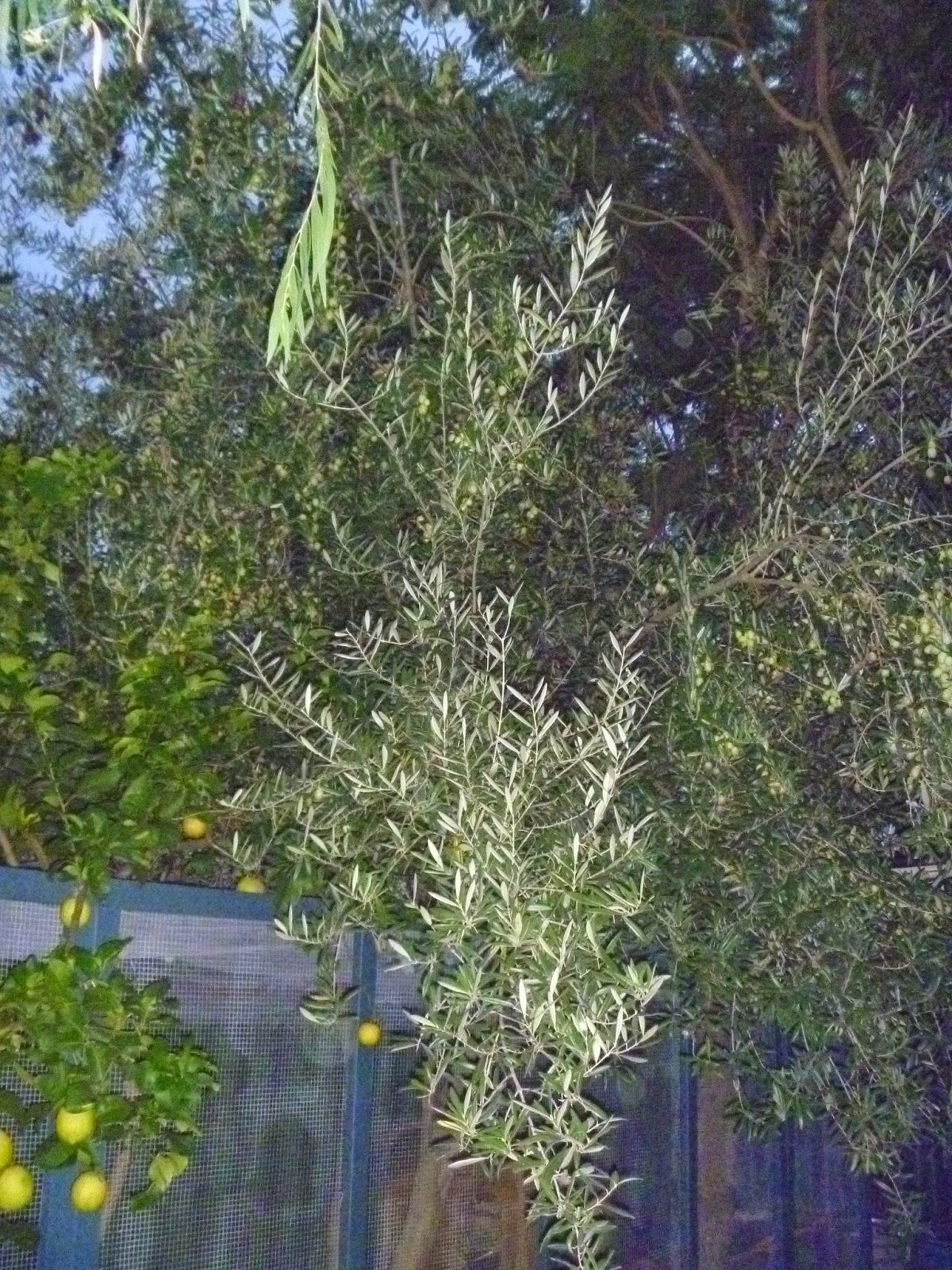Back in May we bought six, week old chicks from a local guy who hatched a few too many for his needs. They were a barnyard mix of Plymouth Rock, Sussex, and Wyandotte, and sold unsexed so I knew that at one point a rooster cull would be most likely.
The chick in the foreground not at all camera shy is the rooster I have just finished processing.
Once they got fully feathered out we started letting them go outside during the day to get used to the other chickens in the run but not actually interact with them until they were a bit bigger. Then they moved full time into the big coop house, with the two older girls pretty much ignoring them. I have to say that I have been pleasantly surprised at how well the two older girls took to having six new chicks invade their house and run, with no fights and only the occasional squabble over food since their arrival.
The new chicks got BIG, quickly dwarfing the two original auracanas who still have no issues bossing them about.
Then I heard it. On Thursday morning at 6am on the dot I heard what sounded like a mixture of a dog howl and parrot squawk and I knew it could only be one thing. One of the boys was trying to crow. I quickly went outside with a torch to discover who was the guilty party, and mid crow yanked the door open to discover it was the big Plymouth Rock. At about 15 weeks old, it wasn't unexpected.
My hand had been forced and now it was time to do the deed before he really got going and annoyed all our neighbours with his early morning vocals.
I have to give credit to the website of backyard chickens who have an excellent step by step guide on how to do everything start to finish that I used. You can find the link to it here: www.backyardchickens.com/a/how-to-process-a-chicken-at-home
I gathered all my supplies:
Rope
Drop cloths
Garbage bags
Bucket
Rubber gloves
Tongs
Sharpest knife available
Largest pot you have filled with water at 145F
Cutting board
I had removed the food from the run in the morning prior to culling that afternoon, which also made collecting the rooster much easier, as they were so busy eating he was easy to pick up and remove from the run without any stress or squawking. This is the noose style setup I used to hang the bird by its feet which left me two hands to quickly cut its throat. Pool skimmer just to show you how it worked.
I have to admit that the next bit for me was the hardest. It's not easy killing any animal ever, especially one you have raised since a baby, so I didn't relish the prospect and was nervous about getting it right. Once I had him hanging by his feet he very quickly became calm as the blood rushed to his head, so it was now or never, and with one hand pulled his skin taught around his neck, and with the other cut his throat directly under his jawbone. He bled out quickly and without any signs of distress or pain, which was a comfort and I know he did not suffer. I let him hang in the bucket for a few minutes to let all the blood drain out, then washed him off with the hose ready for scalding.
Please note is is where the actual pictures of chicken culling begin. If you aren't up for it please turn back now, last warning.
I then placed him in the biggest pot I had for about 30-60 seconds to make the feathers easy to pull. I think I might have left him in for a little too long as later his skin looked a little "cooked" but I'm still learning so we'll see once he's slow cooked up.
Mid plucking, the feathers came out very easily, and although he was a smallish bird once all the feathers were gone I'm still looking forward to trying home grown and processed meat for the first time ever.
I took off the scaly outer coating on the feet, bottom one having been done, the top still to be done, I will keep the feet in the freezer to make stock with.
Splotchy 'cooked' looking skin, I'm guessing from being submerged in the water bath too long. We'll see if it affects the flavour of the final product, but looking more like the chicken you buy in store now.
I was too busy/too messy to take any photos of the actual process of removing the head and internal organs, but needless to say, not particularly pleasant jobs, but I was proud of myself at the end for having done everything from start to finish on my own and had a reasonable looking final product.
The very end. Once cleaned out he weighed in at 1.7 pounds, so smallish but I'm hoping tasty. I plan on slow cooking him on Sunday and will update you on how he tastes in comparison to store bought meat. If anything, doing this has made me more aware of just where our store bought meat comes from, and I plan on trying to reduce my consumption of store bought meat and focus more on vegetarian dishes, with meat filling a special, not expected role on the dinner table at our house from now on.
Hope you got something out of my first time processing one of our chickens, and thanks for reading!








































.jpeg)
.jpeg)
.jpeg)
.jpeg)
.jpeg)

.jpeg)
.jpeg)
.jpeg)
.jpeg)